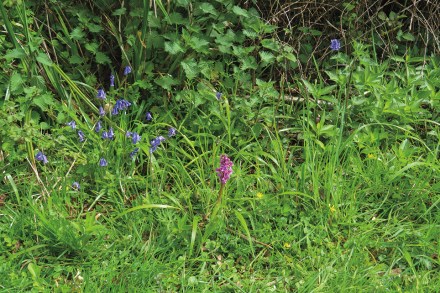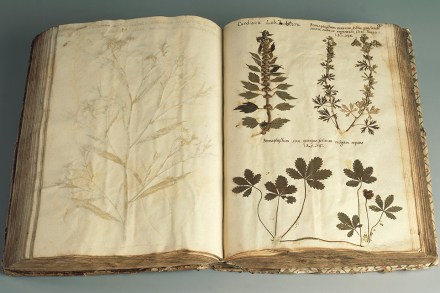The Coromandel coast under threat
This is a remarkable book by a remarkable man. Based on the Coromandel coast at Chennai in south-eastern India, Yuvan Aves is an active naturalist and an ardent activist. Still in his twenties, he teaches outdoor classes, he campaigns and he notes down the movements and habits of invertebrates, birds and fauna in his local wetlands and littoral. All his observations and the wider thoughts on ecology that make up Intertidal are given added heft and poignancy by the searing account of his childhood which begins the book. His father was a philandering no-hoper whom his mother left for another man. That man was even worse. He took against the





